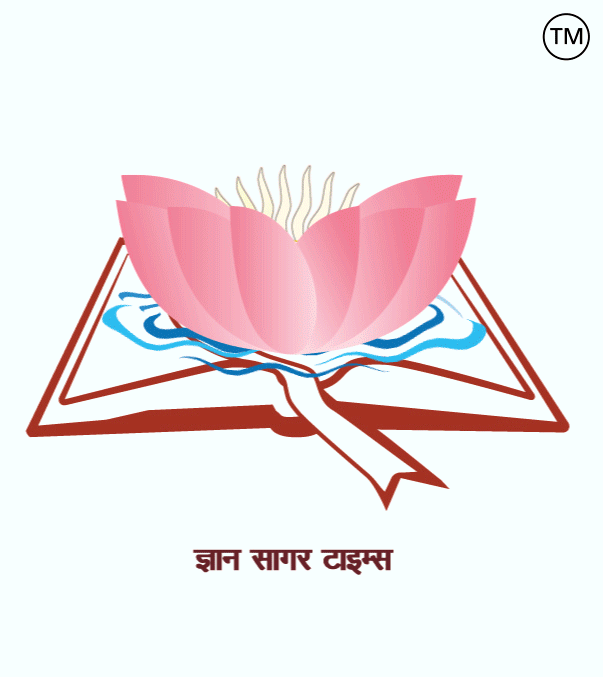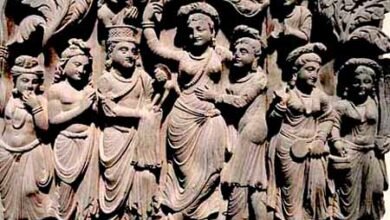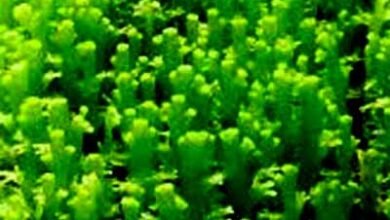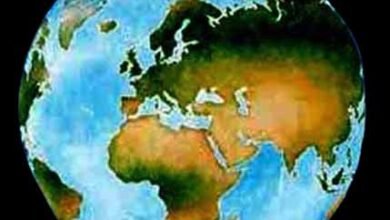
वनस्पति विज्ञान से संबंधित-84.
| 1. Which plant root is found? = Gram.
2. Which one is found in a condom? = Sweet potato. 3. Roots that develop from any other part, rather than originating from a radicle, are called? = Placental origin. 4. Pneumatophore roots are found? = Rhizophora. 5. What is the function of roots present in jusia? = Respiratory. 6. Do the Banyan tree’s pillar roots work? = To support the large size of the tree. 7. Which is called stem, green, and leaf-like? = Deciduous column. 8. Which is not a transformation of a stem? = Mango, Ginger. 9. A banana plant develops? = Embalming. 10. There is a vegetative growth of potatoes? = Column bulb. 11. When the stem is transformed into a green leaf structure, it is called? = Deciduous column. 12. Who is called a bloated base? = Pulvinus. 13. Which part of Smilax is transformed into Pratima? = Absent. 14. Whose orbital buds come out? = As exogenous from the outer layers of the vicus. 15. What is the inflorescence of the flowerbeds of a pea flower called? = Flag. 16. Persistent gland makes a dry balloon-like structure enclosing edible berries? = Ficellis. 17. What are basic spores present? = Composity. 18. What do pollinators display? = Male zygote. 19. Cauliflower has an edible portion? = Flower. 20. The Lingulate Dalgunj, which is also found in the composite family, is called? = Strap-shaped. 21. In the flower of a pea, they make a flag and a keel, which is called? = Dalpanj. 22. What is a compound related to? = Stamens. 23. What is Pappus conversion? = Sepulcher. 24. When stamens are engaged with parties, it is called? = Enclosed. 25. What is the tetradynamous condition related to? = Pumung. ============= ============ ============== 1. किस पौधे में मूल ग्रन्थिका पायी जाती है? = चना. 2. किसमे कन्दमूल पायी जाती है? = शकरकन्द. 3. मूलांकुर से उत्पन्न न होकर किसी अन्य भाग से विकसित होने वाली जड़ों को कहते हैं? = अपस्थानिक मूल. 4. न्यूमैटोफोर जड़ें पायी जाती हैं? = राइजोफोरा. 5. जूसिया में उपस्थित जड़ों का कार्य है? = श्वसन करना. 6. बरगद के वृक्ष की स्तम्भ मूल (Prop roots) काम करती है? = वृक्ष के बड़े आकार को सहारा देने का. 7. जो तना, हरा एवं पत्ती जैसा होता है, कहलाता है? = पर्णकाय स्तम्भ. 8. कौन तने का रूपान्तरण नहीं है? = आम, अदरक. 9. केले का पौधा विकसित होता है? = अन्त:भूस्तारी. 10. आलू की कायिक वृद्धि होती है? = स्तम्भ कन्द. 11. जब तना हरी पर्णिल संरचना में रूपान्तरित होता है उसे कहते हैं? = पर्णकाय स्तम्भ. 12. कौन फूला हुआ पर्णाधार कहलाता है? = पल्विनस. 13. स्माइलैक्स का कौन-सा भाग प्रतान में रूपान्तरित होता है? = अनुपर्ण. 14. किसके कक्षस्थ कलिकाएँ निकलती हैं? = वल्कुट की बाह्य स्तरों से बाह्यजनित रूप में. 15. मटर के पुष्प के दलपुंज के पुष्पदल विन्यास को क्या कहते हैं? = ध्वजिक. 16. चिस्थायी (Persistant) बाह्यदलपुंज खाने योग्य बेरी (Berry) को बन्द किए हुए एक शुष्क गुब्बारे जैसी रचना बनाता है? = फाइसेलिस. 17. आधारीय बीजाण्डन्यास उपस्थित क्या होता है? = कम्पोजिटी. 18. परागकण क्या प्रदर्शित करते हैं? = नर युग्मकोद्भिद. 19. फूलगोभी का खाने योग्य भाग होता है? = पुष्प. 20. जिह्वाकार (Lingulate) दलपुंज, जो कम्पोजिटी कुल में भी मिलता है उसे कहते है? = स्ट्रैप के आकार का. 21. मटर के पुष्प में ध्वजक तथा कील (Keel) बनाते हैं उसे कहते हैं? = दलपुंज. 22. दललग्न किस्से सम्बन्धित होता है? = पुंकेसरों. 23. रोमपुच्छ (Pappus) रूपान्तरण है? = बाह्यदलपुंज. 24. जब पुंकेसर दलों से लगे होते हैं उसे कहते है? = दललग्न. 25. चतुर्दी / (Tetradynamous) दशा किस्से सम्बन्धित होती है? = पुमंग.
|





